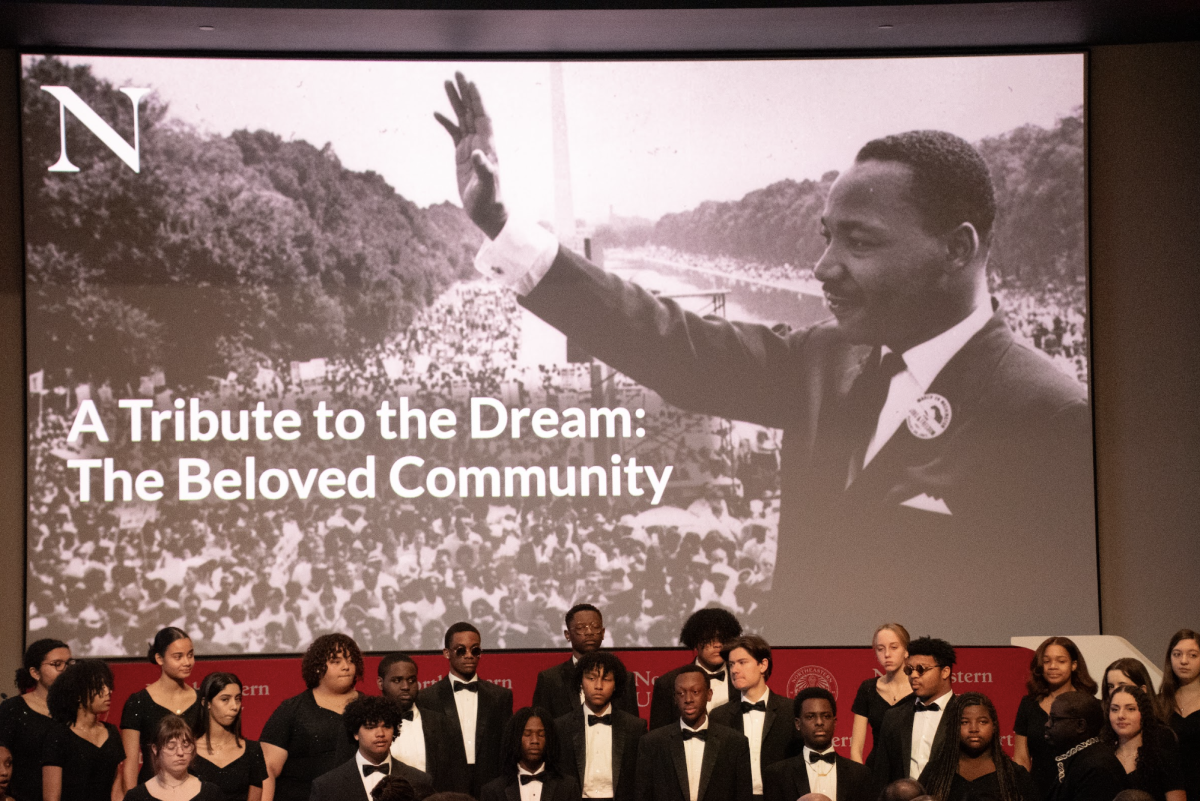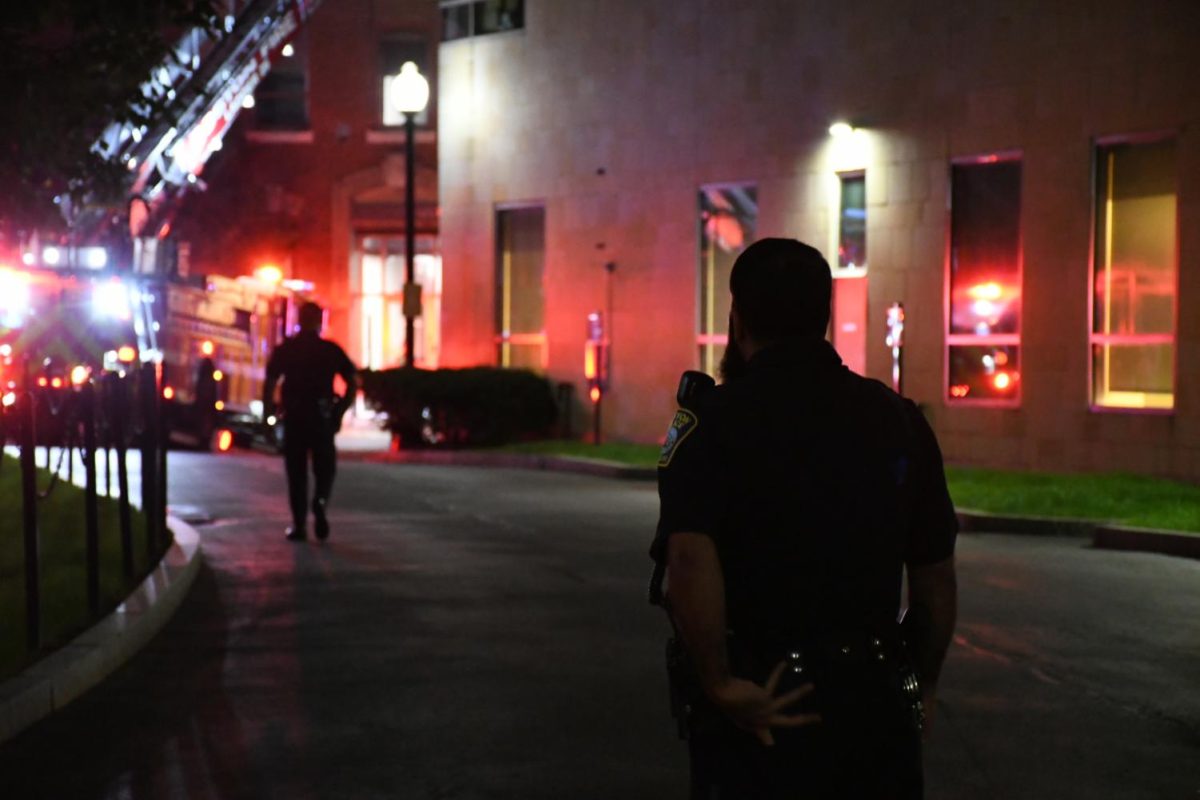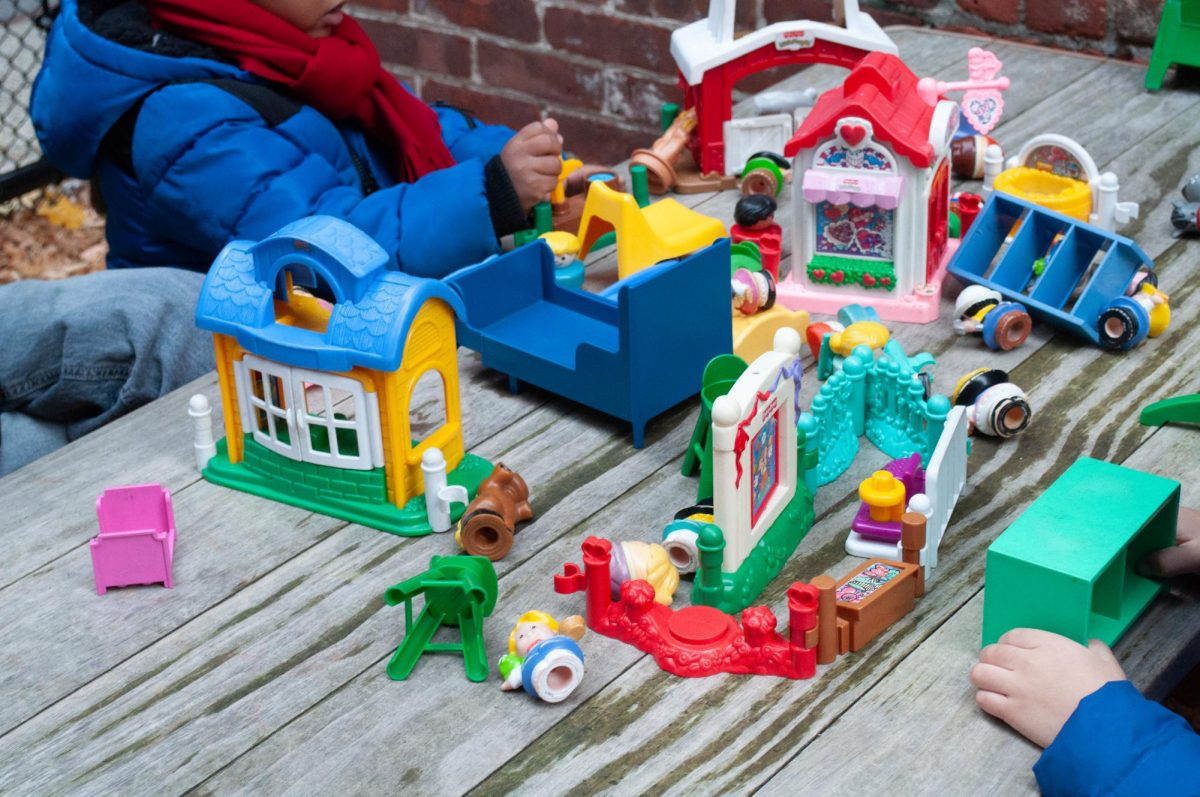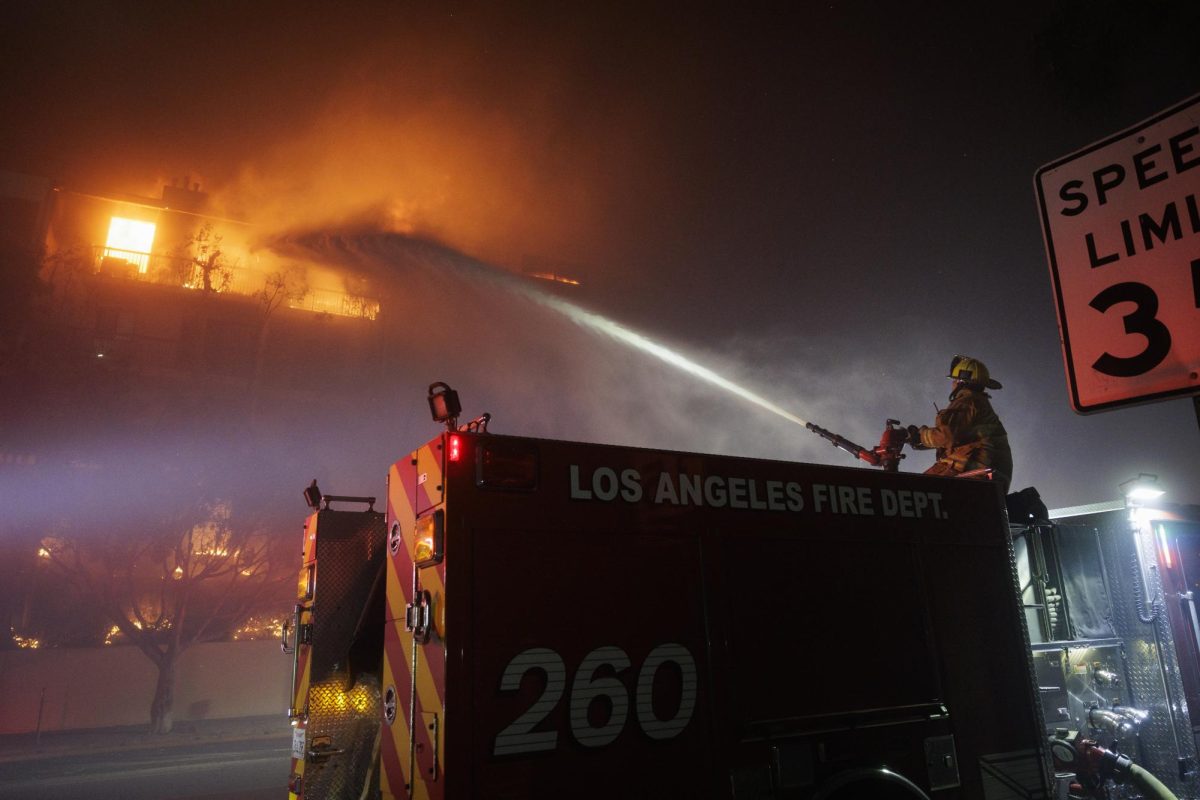Underneath the walkways and buildings of Northeastern lies a winding pathway of tunnels, constructed for students as an escape from Mother Nature’s harshest weather elements.
However, once inside, there are portions of the underground corridors — the concrete walls and dim lights — that provide a similar atmosphere to a cold and rainy Boston morning.
Now that the first snow of the season has fallen and the temperatures have consistently dropped into the 40s, the tunnel system may become a viable option for students traveling from class to class. But the gloomy appearance of the tunnels has given the system a reputation among some students as being frightening and confusing.
“I haven’t been in the tunnels yet,” said Molly Gee, a freshman communications major. “I’ve heard that they were scary.”
Other students who have attempted to navigate their way through the tunnel system found themselves lost underground.
“The paths are not well labeled,” said freshman international business major Lauren Haas. “There’s no one else in there and everything echoes and is eerie.”
Even though students, such as sophomore biology major Shoaib Malike, have attempted to find their way through the tunnels, some have said they did not even begin to explore the tunnel until at least their sophomore year.
Not all students see the tunnels as intimidating, however, and find them useful during unpleasant weather.
“[I use the tunnels] sometimes to stay out of bad weather, and other times it’s just quicker to get around,” said senior mechanical engineering major Jason Pile. In addition to serving as underground pathways, the system also is home to several classrooms in each tunnel section.
“We’re engineering majors so we get stuck in the basement,” said Wes Horth, a senior electrical engineering major. “We all have our labs down here so it’s quicker.”
The tunnel paths are designated by colors assigned to each building in an attempt to make navigation through the pathways easier. Although there are no colors on the official NU tunnel map, in the hallways of the tunnel system there are colored stripes signifying which building the tunnel is in or near. Yellow is Ell Hall and Hayden Hall, purple is the Forsyth Building, green is the Mugar Life Sciences Building and Snell Engineering, blue is Dodge Hall and Richards Hall, red is Churchill Hall and light blue is Snell Library.
However, some students said the colors provide no help.
“The color coding does not work,” said Sabastian Coss, a freshman international business major.
Haas said she feels if the tunnels were better labeled, it would make them much more user-friendly.
“Have [better] signs telling you where to go,” she said. In addition to alternate class routes for students, the tunnels also serve as access for deliveries and utilities, said Dan Borque, vice president of facilities.
The first tunnels, Borque said, were built in the mid-1950s. However, Jack Malone, director of Physical Planet Services, said the first tunnel was constructed when the university was built and has been in use since then.
Malone said the tunnels were first built to ease students’ paths from classroom to classroom. At first, Northeastern was a commuter school and consisted of fewer buildings than it currently does, making the tunnel system a worthwhile investment, he said. The last tunnel, which connected Snell Library to the Churchill tunnel, was put in place in 1990.
In order to update the tunnel system, some students have expressed interest in connecting the tunnels to residence halls. However, Malone said the idea is not likely to ever be put into effect because of underground structures, which run under Forsyth Street to the muddy river in The Fens, that prevent any expansion.
“We would like to connect the residence halls, however [this is] not possible,” Malone said. “The [Stony Brook Culvert] is the reason why the MBTA built the trains [on campus] above ground.”
The university does not plan to expand the tunnels at this time, Malone said. They are, however, looking into the existing tunnels and considering improvements to the hallway labels.
“Currently, we are going to review the signs and make sure that they are up to date,” Malone said.
Students can find outlined maps for the tunnel system at Visitor’s Information in Richards Hall as well as in the Curry Student Center.
– Correspondent Megan Fraser contributed to this report.









